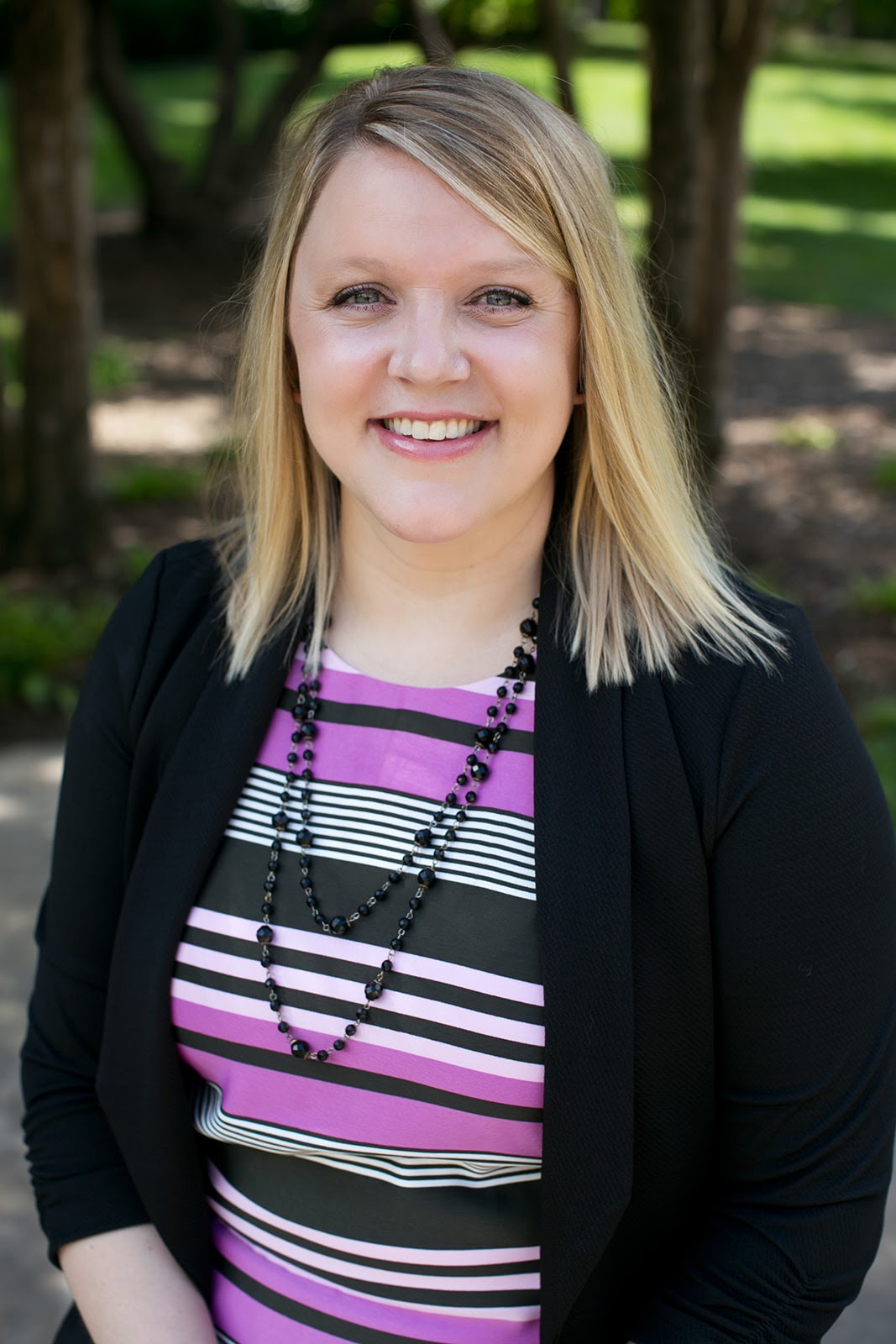On TikTok University, Therapeutic Assessment, and the IPA Fall Conference
 When was the last time you got a new referral who had seen five therapists in recent years but didn’t feel like any of the clinicians really “got” them or helped them feel better? Or how about worked with someone who checked their symptoms with Dr. Google or was taking some “classes” at TikTok University? We see folks with these types of experiences every day, and it might seem tempting to roll our eyes or sigh deeply at yet another person who has lived with their pain for so long or hearing about another self-diagnosis/TikTok-diagnosis of autism, DID, or another diagnosis de jour. Through the lens of Collaborative/Therapeutic Assessment (C/TA), these presenting concerns provide a chance to invite data from all sources into the room…believe it or not, even TikTok. When clients/patients come in seeking care, we can create a rich opportunity to deepen a person’s curiosity, increase their ability to understand their strengths and problems in living, develop new narratives about themselves and their life, and support meaningful change in just a few sessions.
When was the last time you got a new referral who had seen five therapists in recent years but didn’t feel like any of the clinicians really “got” them or helped them feel better? Or how about worked with someone who checked their symptoms with Dr. Google or was taking some “classes” at TikTok University? We see folks with these types of experiences every day, and it might seem tempting to roll our eyes or sigh deeply at yet another person who has lived with their pain for so long or hearing about another self-diagnosis/TikTok-diagnosis of autism, DID, or another diagnosis de jour. Through the lens of Collaborative/Therapeutic Assessment (C/TA), these presenting concerns provide a chance to invite data from all sources into the room…believe it or not, even TikTok. When clients/patients come in seeking care, we can create a rich opportunity to deepen a person’s curiosity, increase their ability to understand their strengths and problems in living, develop new narratives about themselves and their life, and support meaningful change in just a few sessions.
If you haven’t completely written this off based on my generous acceptance of so-called “TikTok data,” thank you. And I’ll take this opportunity to remind you of the chance to learn more about C/TA at IPA’s upcoming fall conference, Following the Breadcrumbs: The Basics of Collaborative/Therapeutic Assessment and How it Can Enhance Clinical Practice. You may be thinking, “I do therapeutic assessment!” or wondering what C/TA is and how it’s different from traditional assessment. You may also be curious about how this semi-structured assessment method could enhance your practice, especially if your practice is more (or entirely) therapy focused. Or, if you’re a carb-lover like me, you may even have noticed your stomach rumbling at the mention of bread. While I can’t help you with a snack in this moment, I’m delighted to share a bit about my presentation at the upcoming conference, C/TA, and why (besides the snacks) it might be worth your while to spend the day together, learning and connecting as we engage our curiosity together.
As a basic introduction, Therapeutic Assessment (TA) just celebrated its 30th birthday and is the only assessment method with empirical support as an efficacious stand-alone intervention resulting in many positive outcomes, including decreased ODD, personality, relational, and emotional symptoms; decreased distress; increased hope; better compliance with future treatment (Finn, Fischer, & Handler, 2012). In practice, or C/TA uses traditional assessment tools in both typical and creative ways. We use all kinds of techniques to do therapy (e.g., sand trays, walk-and-talk, movement, art) and C/TA embraces a similar creativity and diversity in the assessment process. Imagine having a teen and their parents play with blocks during an assessment appointment! Sounds fun, right? During the conference, you’ll see many examples of how tests, data, and a few new techniques that extend the potential of traditional assessment tools can be used to invite clients to follow the “trail of breadcrumbs” they’ve left behind throughout the assessment process. This can range from exploring perfectionism through an Extended Inquiry of the WAIS’s Similarities subtest to re-reading a person’s Rorschach responses in search of meaningful imagery. I hope you will be moved, as I often am, to discover how following the breadcrumbs in these ways can produce deeper, richer self-understanding and begin to inspire new narratives for the people we meet in the work.
Because becoming curious together allows for new ways of seeing and being through the assessment process, the values and tools of C/TA can be applied in so many of the contexts in which we are engaged: therapy, assessment, supervision, outreach, etc. So, what does this look like in “real life?” Well, for example, each C/TA begins by working with the client(s) to create a list of assessment questions, the questions they are hoping to answer and the things they are hoping to learn through the assessment process. Thus, this approach can also be applied (quite helpfully!) to both therapy and supervision processes. Additionally, through a C/TA lens, it is possible to creatively utilize assessment tools as tools for therapy as we half-step clients toward meaningful psychological change. Furthermore, C/TA provides a framework for multicultural and cross-cultural assessment practice (Rosenberg, Almeida, & Macdonald, 2011), which is a must-have in your clinical tool-belt. Especially in this way, the values and practices of C/TA extend past the assessment arena and into all areas of practice and everyday life to support more affirming relationships.
So, if you think it might be nice to have tools for welcoming data from Dr. Google and TikTok University into the room, look no further! (Perhaps data is data?) And if you like the idea of spending a day connection, learning, shifting, exploring, playing, and leaning into curious, creative, vulnerable assessment journeys, the IPA fall conference is for you! (If you’re into other things, don’t despair, it may still be for you!) Through the conference and C/TA, I hope that you will find a sense of inspiration and renewal—of skills, ideas, relationships, and much more. I’m so looking forward to sharing the time and experience with you, snacks (more than breadcrumbs) included.
References
Finn, S. E., Fischer, C. T., & Handler, L. (2012). Collaborative/Therapeutic Assessment: A casebook and guide. John Wiley & Sons, Inc.
Rosenberg, A., Almeida, A., & Macdonald, H. (2012). Crossing the cultural divide: Issues in translation, mistrust, and cocreation of meaning in cross-cultural therapeutic assessment. Journal of Personality Assessment, 94(3), 223–231. https://doi.org/10.1080/00223891.2011.648293
*begin paid content

